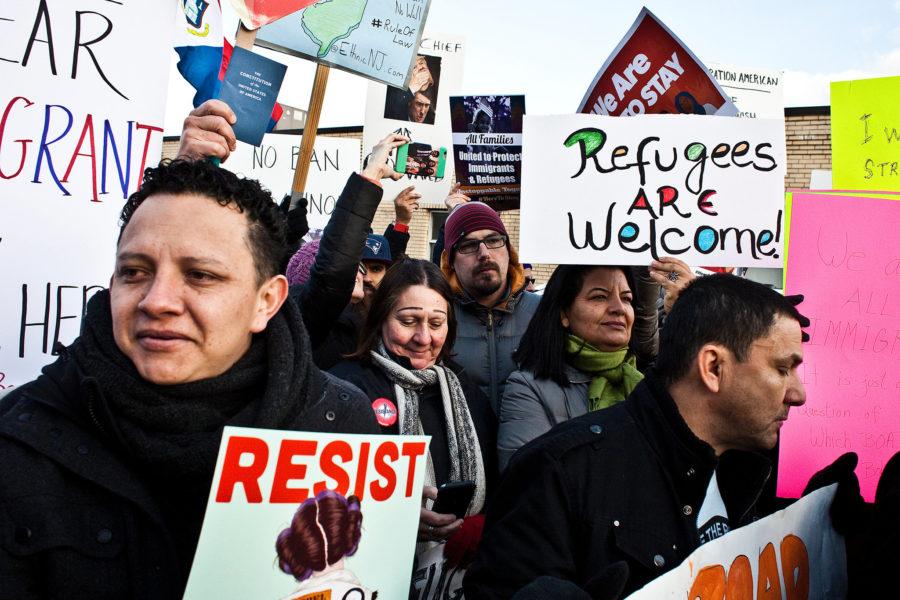Executively Ordered: President Trump’s Travel Ban
February 25, 2017
On January 27, 2017, President Donald J. Trump issued an executive order that sought to ban immigrants from seven majority Muslim nations from entering the United States. The order, Protecting the Nation from Foreign Terrorist Entry into the United States, cited national security risks such as the terrorist attacks on September 11, 2001, as the reason for this ban.
The ban called for a suspension on the U.S. Refugee Admission Program, which provides aid and resettlement opportunities for people fleeing their home countries, for 120 days. Furthermore, with the exception of diplomats and executives, all arriving from Iraq, Syria, Iran, Yemen, Libya, Somalia, and Sudan face a visa suspension which would prevent them from entering the U.S. for 90 days. After revision, a legal counsel to the President announced that the ban would not apply to lawful permanent residents of the United States, including those with green cards.
Almost immediately, President Trump’s executive order received criticism and questions of constitutionality. The Washington State attorney general challenged the ban, arguing that it contradicted a clause in the Constitution that prohibited the favoring of one religion over another. On February 3rd, the Seattle federal district judge James L. Robart ruled that parts of the ban were unconstitutional, and blocked many key parts of the ban, allowing immigrants to re-enter the country.
The Trump administration appealed this ruling, and the case was taken to a three judge panel of the United States Court of Appeals for the Ninth Circuit, in San Francisco, California. These judges upheld the ruling by Robart, stating that the proposed ban did not advance national security.
On Twitter, President Trump vowed to fight this ruling, either by taking his case to the Supreme Court or by writing a new executive order. If the case were to go to the Supreme Court, the vacant seat left by the death of Antonin Scalia makes the possibility of a 4-4 split on the decision very likely. If this happens, the ban cannot be reinstated; a clear ruling in favor of the ban is necessary for it to be put in effect.



